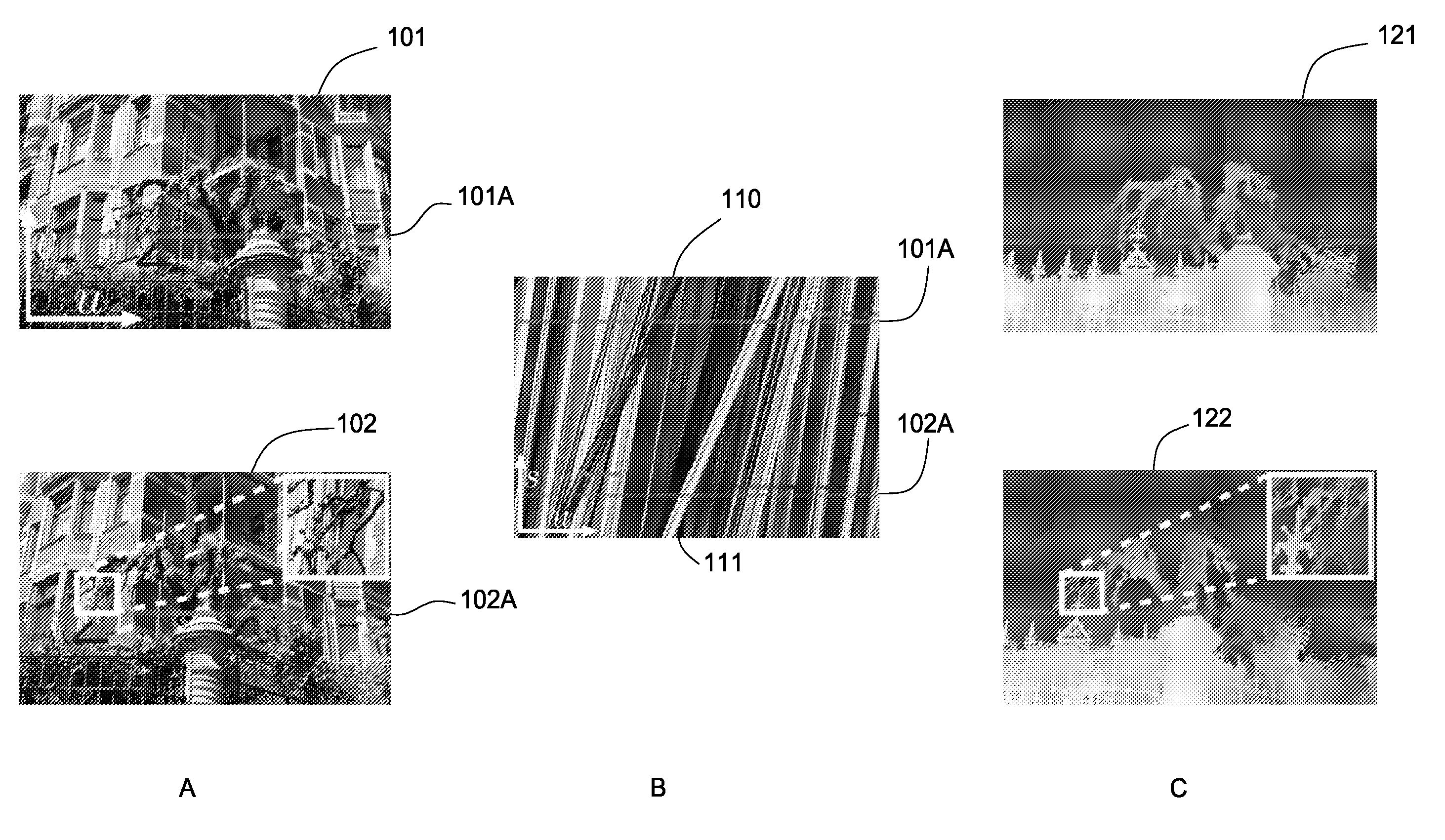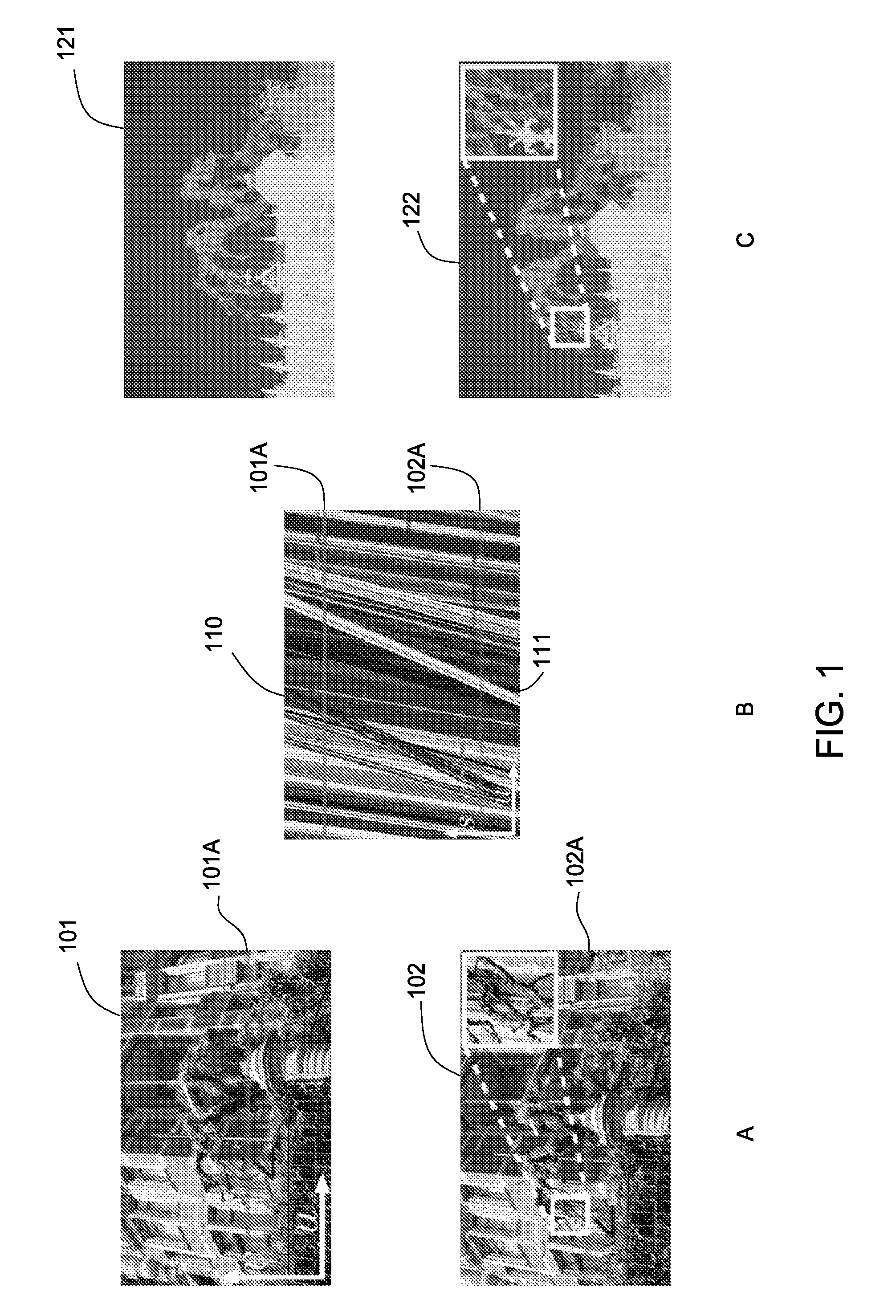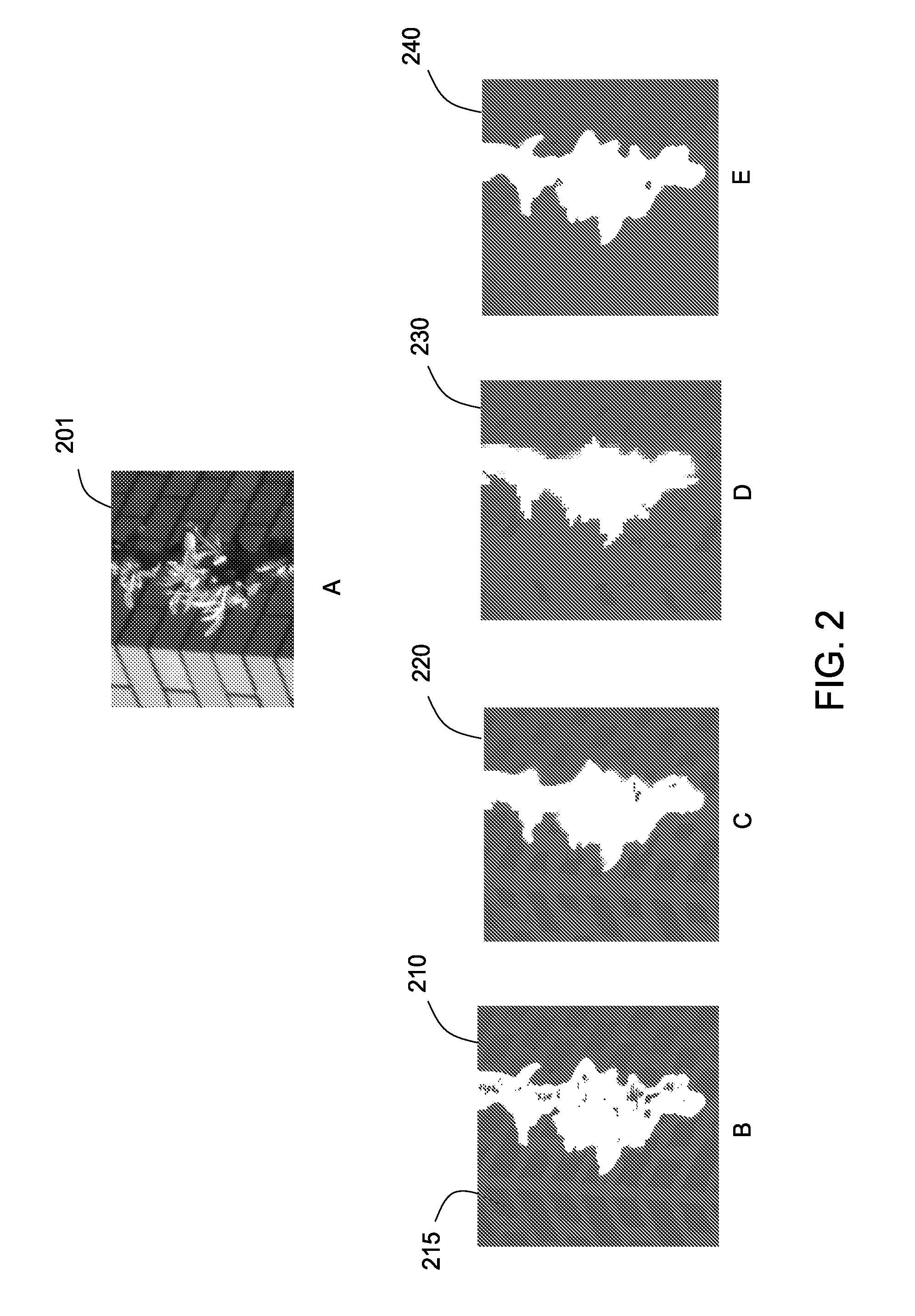Scene reconstruction from high spatio-angular resolution light fields
a spatio-angular resolution, light field technology, applied in the field of scene reconstruction, can solve the problems of insufficient efficiency to make use of high resolution images available through current camera hardware, single laser scan may suffer from a considerable amount of missing data at occlusion, and current stereo approaches are not well suited for challenging applications such as movie production
- Summary
- Abstract
- Description
- Claims
- Application Information
AI Technical Summary
Benefits of technology
Problems solved by technology
Method used
Image
Examples
Embodiment Construction
[0016]Aspects disclosed herein provide techniques for estimating depth in a scene. Given a light field constructed from multiple images, fine-to-coarse depth estimation is used to compute reliable depth estimates first around object boundaries, then at more homogeneous interior regions. No global optimization is performed, permitting the retention of precise object contours while still ensuring smooth reconstructions in less detailed areas.
[0017]FIG. 1 illustrates an approach for estimating depth from high spatio-angular resolution light fields, according to an aspect of the disclosure. Illustratively, the light field may be a three-dimensional (3D) light field constructed from multiple high-resolution two-dimensional (2D) images with optical centers distributed along a one-dimensional (1D) line. Panel A shows two such 2D images 101, 102, which may be captured in any feasible manner, such as with a camera array, using a camera on a motorized linear stage, etc.
[0018]A 3D light field ...
PUM
 Login to View More
Login to View More Abstract
Description
Claims
Application Information
 Login to View More
Login to View More - R&D
- Intellectual Property
- Life Sciences
- Materials
- Tech Scout
- Unparalleled Data Quality
- Higher Quality Content
- 60% Fewer Hallucinations
Browse by: Latest US Patents, China's latest patents, Technical Efficacy Thesaurus, Application Domain, Technology Topic, Popular Technical Reports.
© 2025 PatSnap. All rights reserved.Legal|Privacy policy|Modern Slavery Act Transparency Statement|Sitemap|About US| Contact US: help@patsnap.com



